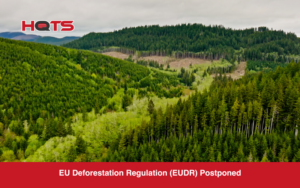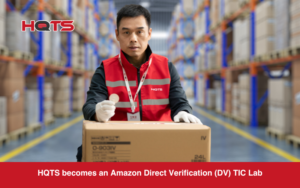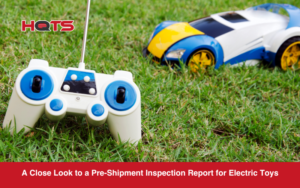In November 2020, The Saudi Arabian Standards, Metrology and Quality Organization (SASO) notified the World Trade Organization (WTO) of a new technical regulation for Saudi Arabia RoHS. The new policy aims to restrict the use of certain hazardous materials in electrical and electronic equipment. Plus, the policy defines the conformity assessment procedures to which all suppliers must adhere to.
This mandatory regulation controls all Electrical Electronic Equipment (EEE) that is being sold into the market within the Kingdom of Saudi Arabia (KSA). The new SASO Product Safety Program is very similar to the EU’s Restriction of Hazardous Substances in Electrical and Electronic Equipment (RoHS). Manufacturers who supply EEE products to Saudi Araba have one year to comply, which started in July 2021.
What Is Included in SASO RoHS?
SASO RoHS restricts the use of certain hazardous substances found in EEE products and defines conformity assessment procedures for suppliers. This new regulation will start on January 5, 2022 and this includes Restriction of Hazardous Substances in Electrical and Electronic Equipment, Technical Regulations including used and imported vehicles and leather products.
All electronic and electrical devices and equipment parts that will enter the market of the Kingdom of Saudi Arabia (KSA) must comply with the requirements of the Technical Regulations on the Limitation of Hazardous Materials in Electronic and Electric Equipment, whether these devices are manufactured in KSA or imported from outside the country, the same requirements must be met. This includes; home appliances, information and communication technology equipment, lighting equipment, electronic and electrical tools and equipment, recreation, leisure and sports equipment and regulatory and monitoring tools.
Suppliers that are importing electronic and electrical equipment into KSA must follow these requirements:
1. Harmful substances in electronic and electrical equipment shall not exceed the following maximum limits:
| Hazardous substances in electrical and electronic installations and equipment | Maximum percentage of content allowed |
| Lead (Pb) | 0.1% |
| Mercury (Hg) | 0.1% |
| Hexavalent Chromium (Cr6+) | 0.1% |
| Cadmium (Cd) | 0.01% |
| Polybrominated Biphenyl Ethers (PBB) | 0.1% |
| Polybrominated Biphenyls (PBDE) | 0.1% |
2. The electronic and electrical equipment supplied shall go through a conformity assessment procedure and shall be accompanied by all technical documentation which should contain all the correct documents and information proving that the product complies with the necessary requirements specified in the regulation.
3. The manufacturer should have an effective quality management system in place, on the basis of an ISO9001 or equivalent quality management system certification that falls within the field of electronic and electrical equipment.
The excluded product categories include; all materials from the application of Hazardous Material Limits included in Annex (1-A) of the SASO RoHS Technical Regulation, medical equipment, military weapons and equipment, large-scale stationary industrial tools, large-scale fixed installations.
The process for obtaining a SASO Certificate could take up to a month, so it is advisable for businesses to plan ahead when looking to export goods to Saudi Araba. The SASO Certificate is similar to a passport, allowing the goods to be cleared through customs.
You must have a signed and stamped commercial invoice on a company’s letterhead paper, stamped by your local chamber of commerce and you must also have a certificate of origin obtained from the local chamber of commerce, ensuring the country of origin of the goods you are looking to export. Once you have both documents ready, the agency you use will confirm what relevant testing and inspections need to be done.
How Will It Affect Manufacturers?
This new SASO RoHS regulation could cause many challenges for manufacturers, importers, exporters and suppliers of electrical and electronic products, especially those who import EEE devices into KSA.
Not only could the new testing procedures be complicated to understand, suppliers will also need to explore how they could be using more environmentally friendly materials. These changes will require more time and resources from all people included in the manufacturing process from start to finish.
Manufacturers, importers and suppliers will need to understand in detail how the new SASO RoHS standards will work and how they will come into force, they will need to learn how the regulations apply to their products and determine which products do or do not comply. Companies and manufacturers need to be proactive to ensure a smooth transition to the new SASO RoHS standard will take place.
Any businesses that sell EEE products or equipment, sub-assemblies, cables, components or any spare parts directly to RoHS countries or if they sell to resellers, distributors or integrators will all be impacted if they continue to use any of the restricted materials mentioned above.
Third-party companies and testing organizations, such as HQTS can help to ensure you are overcoming the challenges that may come with the new requirements, ensuring your products are ready to be placed within the KSA market.
HQTS can help your company get fully ready for the new regulations. We have many years’ experience in testing EEE products and we will ensure your products comply with the new SASO RoHS requirements before they are sent to Saudi Arabia. For more information, please contact us.




